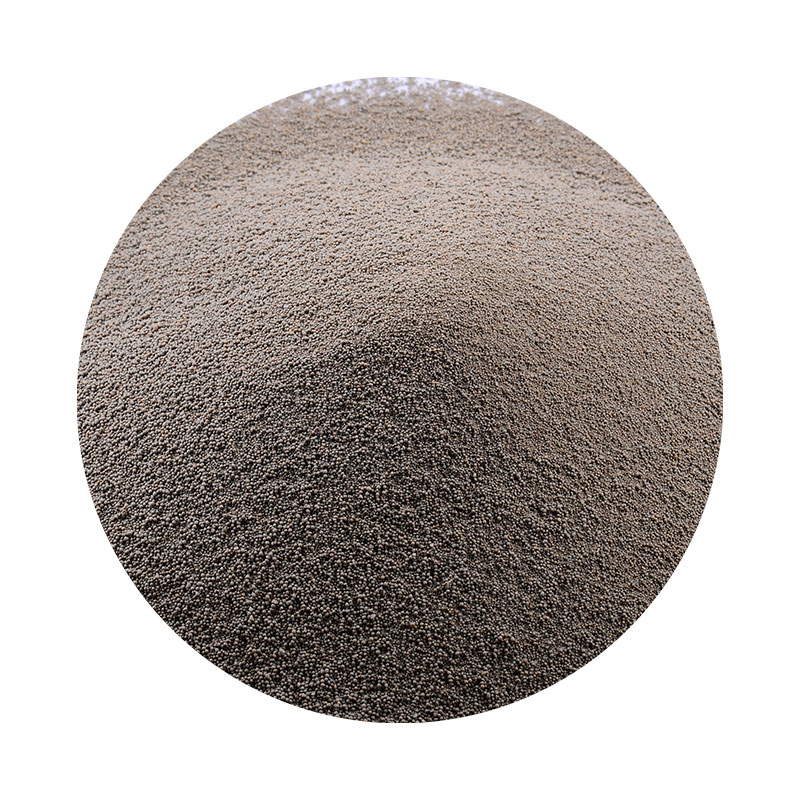Exploring the Role of 3D Printing in Sanding Machine Manufacturing
In the rapidly evolving world of manufacturing, 3D printing has emerged as a transformative technology, reshaping how companies design and produce their tools and equipment. Among the various applications of 3D printing, one area gaining significant attention is the production of sanding machines. These machines, essential in woodworking and metalworking for achieving smooth finishes, can greatly benefit from the innovative approaches offered by additive manufacturing.
Understanding Sanding Machines
Before delving into the impact of 3D printing on sanding machines, it is crucial to understand what these machines do. Sanding machines are used to smooth surfaces by abrasion using sandpaper, sanding sheets, or sanding pads. They are vital in various industries, from carpentry to metal fabrication, ensuring that surfaces are properly prepared for painting, sealing, or finishing. The machines come in various forms, including belt sanders, disc sanders, and orbital sanders, each with unique features tailored to specific tasks.
The Traditional Manufacturing Process
Traditionally, the manufacturing of sanding machines involves complex processes that often include metal fabrication, machining, and assembly of various components. These processes can be time-consuming and resource-intensive, leading to higher production costs. Furthermore, traditional methods may limit design possibilities, as intricate geometries and lightweight structures are difficult, if not impossible, to create.
The Advent of 3D Printing
3D printing, also known as additive manufacturing, allows for the creation of parts layer by layer from digital models. This technology offers numerous advantages over traditional manufacturing, including reduced lead times, lower material waste, and the ability to produce more complex shapes. For sanding machines, 3D printing opens new avenues for innovation in design and functionality.
Customization and Design Flexibility
sanding machine 3d print

One of the primary benefits of using 3D printing in the production of sanding machines is the potential for customization. Manufacturers can easily modify designs to suit specific customer needs or to optimize performance for different materials. For instance, a woodworking business may require a sanding machine that is tailored to handle softer woods, whereas a metalworker might need a machine designed to handle more abrasive materials. With 3D printing, these customized solutions can be developed and produced quickly, allowing manufacturers to respond to market demands more effectively.
Lightweight and Efficient Components
3D printing also enables the production of lightweight components that maintain strength and durability. In sanding machines, reducing weight can enhance maneuverability and ease of use, while still delivering the necessary power and efficiency. Advanced materials such as composite filaments or metals can be utilized in 3D printing to produce components that exhibit superior performance under various working conditions, thus prolonging the lifespan of the machines.
Prototyping and Testing
Another significant advantage of 3D printing is its capability for rapid prototyping. Manufacturers can quickly produce prototypes of new sanding machine designs, test them for performance, and iterate on the designs based on feedback. This ability to swiftly prototype and modify designs can lead to faster innovation cycles, enabling manufacturers to bring new products to market more quickly.
Sustainability Aspect
The sustainability of manufacturing processes is becoming increasingly important in today’s world, and 3D printing contributes to this goal. The technology generates less waste than traditional subtractive manufacturing methods, as it uses only the material needed to create the part. Furthermore, the ability to recycle materials in 3D printing can further minimize the environmental impact, aligning with the global push for greener manufacturing practices.
Conclusion
The integration of 3D printing technology in the manufacturing of sanding machines marks a significant advancement in the industry. With its capacity for customization, lightweight component production, rapid prototyping, and sustainability, 3D printing is set to revolutionize how sanding machines are designed and produced. As manufacturers continue to explore the possibilities offered by this innovative technology, we can anticipate the emergence of more sophisticated and efficient sanding machines that meet the diverse needs of today’s industries. The future of sanding machines may indeed be brightened by the innovative capabilities of 3D printing.
Post time:12월 . 10, 2024 07:53
Next:bauxite frac sand
